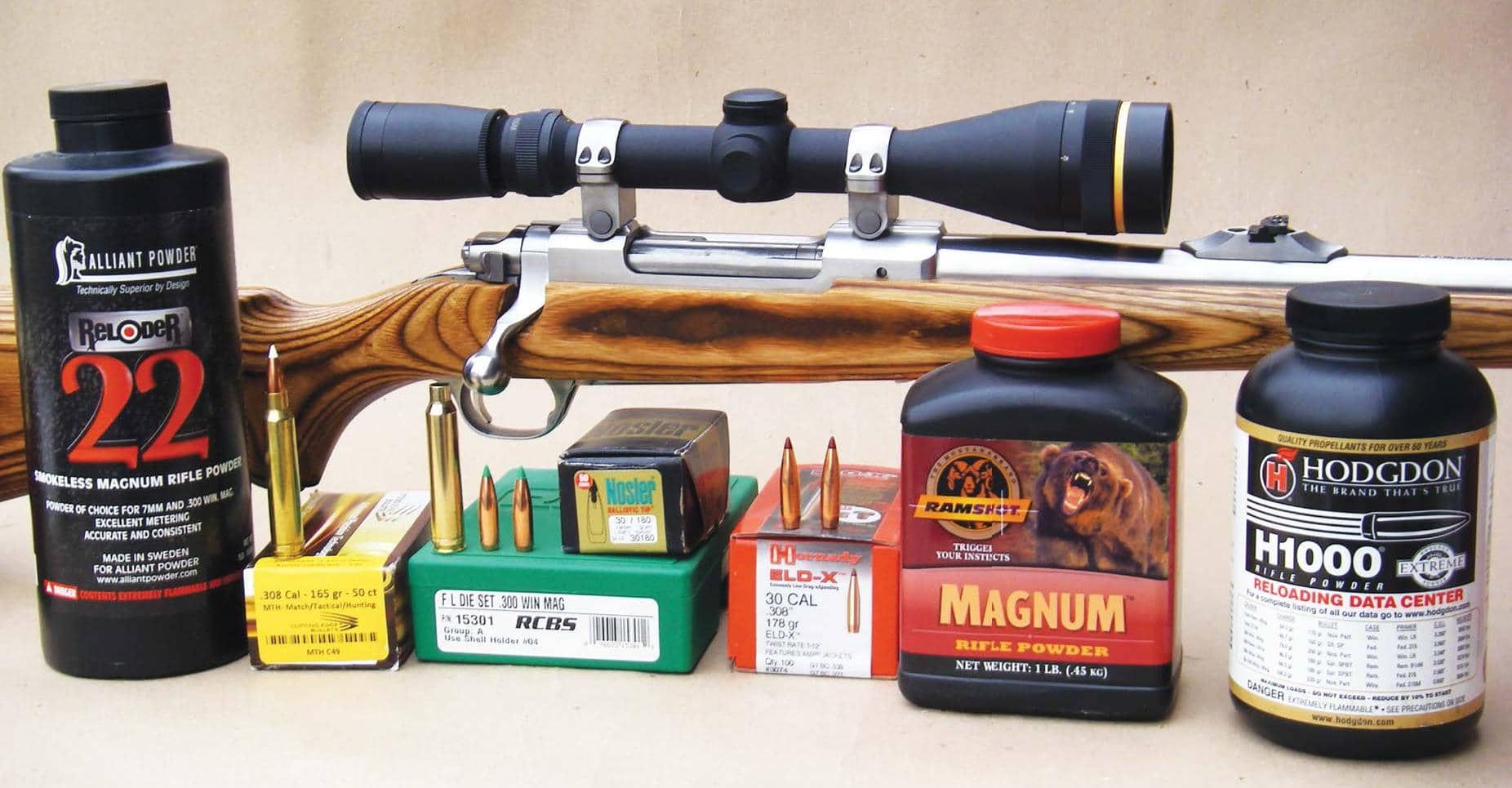
The history of commercial .30-caliber magnum cartridges developed prior to the .300 Winchester is noteworthy and helps explain the design features of that cartridge. The .30 Newton, developed in 1913 and based on the German 11.2x72 Schuler case, is generally considered the first .30 caliber with magnum type performance, but its success was limited. The .300 Holland & Holland (H&H) Magnum appeared in 1925 (known then as the Super-Thirty) and was based on the .375 H&H Magnum belted case.
There are minor technical variances between the .300 H&H and the .30 Super Belted Rimless H&H cartridges, but they are not pertinent here. However, it should be noted that .300 H&H ammunition should not be fired in a .30 Super rifle, but the latter can be fired in the former.
This story is from the April - May 2020 edition of Handloader.
Start your 7-day Magzter GOLD free trial to access thousands of curated premium stories, and 8,500+ magazines and newspapers.
Already a subscriber ? Sign In
This story is from the April - May 2020 edition of Handloader.
Start your 7-day Magzter GOLD free trial to access thousands of curated premium stories, and 8,500+ magazines and newspapers.
Already a subscriber? Sign In

OEHLER's New System 89 Chronograph
Measuring Bullet Performance Downrange
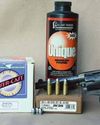
The Problem with Low Pressure Loads
Bullets & Brass
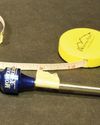
Measurements for Rifle Handloading
Handy Techniques for Accurate Ammunition
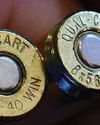
THE BRASS RING
In Range
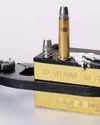
Semi-custom Bullet Moulds
Mike's Shoot in' Shack
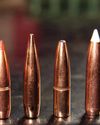
REVISITING THE 6.5 -06 A-SQUARE
Loading New Bullets and Powders
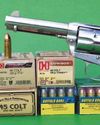
Cimarron Stainless Frontier .45 Colt
From the Hip
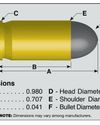
9x18mm Makarov
Cartridge Board
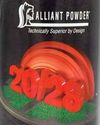
Alliant 20/28
Propellant Profiles
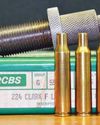
.224 Clark
Wildcat Cartridges